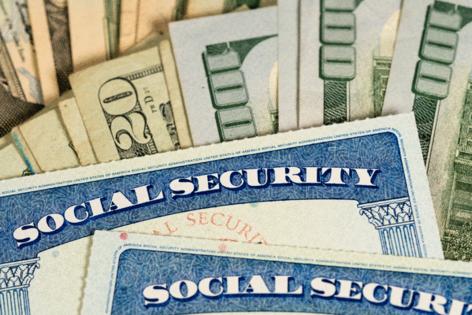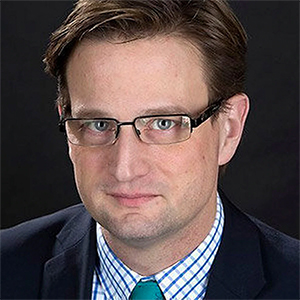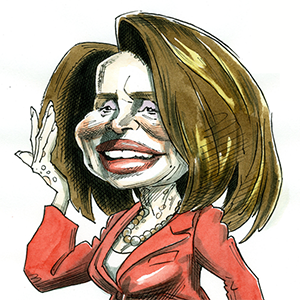Editorial: Poll shows some voters open to Social Security reform
Published in Op Eds
The Social Security Trust Fund is less than a decade away from insolvency thanks to congressional and presidential inertia. The 90-year-old retirement program is so popular that the vast majority of politicians prefer to tolerate the deteriorating status quo rather than jeopardize their political futures by insisting on reforms.
Yet the program’s structural defects can’t be wished away. And new polling reveals that more Americans, particularly younger Americans, are willing to embrace changes to shore up Social Security for the long term. Elected officials should take notice.
The survey, by the Cato Institute, highlights a number of interesting points. Among them: More than half of respondents don’t know how Social Security is funded. “Less than half (45 percent) know that today’s workers pay for current retirees, and that future workers will pay for their benefits when they retire,” the authors note. “Nearly a quarter (23%) believe that their Social Security taxes are saved in a personal account for them.”
These misperceptions lead to confusion and help explain the program’s fiscal issues. Social Security exists as a generational wealth transfer mechanism, with the payroll taxes of current workers covering the costs of benefits for retirees. Likewise, the taxes collected from those retirees during their working lives went to support payments to members of the previous generation during their golden years.
The working-age population has shrunk in recent decades, and the worker-to-beneficiary ratio continues to fall. In 2005 there were 3.3 workers for every Social Security recipient. That number is expected to be 2.1 by 2040. Without action, the trust fund, built up over decades when the number of workers dwarfed the number of retirees, will be depleted in 2033 and payroll taxes will raise enough to fund only 77% of promised benefits.
It’s also important to note that the trust fund isn’t a separate account but consists of IOUs issued by the Treasury, thanks to the inability of Congress to control spending.
The easy way out will be for elected officials to borrow the money, but that raises its own political risks as the national debt roars past $37 trillion.
But the Cato poll shows that younger workers — who don’t anticipate ever receiving their full benefits — are open to cutting payments for future retirees, while Baby Boomers prefer tax hikes to benefit reductions.
Neither option is ideal, but at least they are grounded in fiscal reality. Other possibilities include adjusting eligibility requirements or experimenting with alternatives that create higher annual returns for the system and allow individuals to invest a small portion of their payroll tax contributions in private retirement accounts.
Politicians who fear the consequences of reform should consider: How will voters react it they do nothing and the system implodes?
_____
©2025 Las Vegas Review-Journal. Visit reviewjournal.com.. Distributed by Tribune Content Agency, LLC.

























































Comments